Introduction to Gas Pipe Pig
Natural gas pipeline pig is an important part of operational efficiency in the natural gas industry and a key tool for pipeline maintenance. Their function is crucial: to ensure the smooth flow of natural gas through a vast network of pipelines. Proper maintenance of these pipes is not just a matter of efficiency; It is essential for safety, environmental protection, and the uninterrupted delivery of energy.
Understand the Gas Pipe Pig
A gas line pig is a maintenance device used to perform various tasks inside the pipe, such as cleaning and inspection. The word “pig” derives from the distinctive sound made by early mechanical cleaning devices as they passed through pipes. Pigging technology has changed significantly over time, reflecting advances in materials science and sensor technology that have enhanced the industry’s ability to maintain pipeline integrity and flow assurance.
Types of Gas Pipe Pig
Foam Pigs
Light and adaptable, foam pigs tackle various pipeline tasks. They clean, dry, and remove light debris with ease. Made from open-cell polyurethane foam, they navigate pipeline bends effortlessly. This makes them an ideal choice for general maintenance.
Steel Mandrel Pigs
Steel mandrel pigs stand out for their strength. They feature a steel body to which operators can attach brushes or blades. Designed for tough cleaning, they tackle scale and wax buildup head-on. Their modularity allows for customization, tailoring to specific pipeline challenges.
Solid Cast Pigs
Solid cast pigs offer a blend of durability and flexibility. Cast as a single piece, these pigs excel in medium to heavy cleaning tasks. They also play a role in batching and separation within pipelines. Their robust design ensures they maintain good contact with the pipe wall, crucial for effective cleaning.
Spheres
Spheres bring a unique touch to pipeline maintenance. Made from rubber or inflatable materials, they can squeeze through tight spots while sealing effectively. Ideal for displacing liquids and separating products, spheres are also key in meter proving. Their sealing capability ensures efficient operations.
Each pig type serves a specific purpose, with design and material choice being key to successful pipeline maintenance. Operators must match the pig to the task at hand to keep pipelines running smoothly and safely.
The Pigging Process Explained
Step-by-step Guide to the Pigging Process
- Preparation: Operators begin by ensuring the pipeline is ready for pigging, checking for operational pressures and flow conditions.
- Insertion: Next, they insert the pig into a launcher – a chamber that introduces the pig into the pipeline.
- Launch: With the launcher door sealed, pressure drives the pig into the pipeline. Operators monitor the launch closely.
- Traversal: The pig travels through the pipeline, propelled by product flow or pressure differential.
- Cleaning or Inspection: As it moves, the pig performs its task – cleaning the pipeline or inspecting its integrity.
- Arrival at Receiver: The pig eventually arrives at a receiving station, where it is safely removed from the pipeline.
- Post-Pigging Operations: Operators then assess the pig for wear and the debris or data it has collected. This informs the pipeline’s condition.
- Reporting: Finally, they document the pigging process, noting any issues and planning future pigging operations.
Maintenance and Storage of Gas Pipe Pig
Storage Solutions for Gas Pipe Pigs
Store pigs in a cool, dry place to prevent degradation. Hang them vertically if possible. This avoids shape distortion. Cover them to protect from dust and direct sunlight. Always inspect storage areas regularly to ensure optimal conditions.
Maintenance Checks and Routines
First, visually inspect pigs for cracks, wear, or damage. Focus on the sealing elements and cleaning accessories. Replace worn parts promptly to maintain performance. Clean pigs after each use to extend their lifespan. Record maintenance activities diligently for future reference. Regular checks ensure pigs remain in top condition for reliable use.
The Benefits of Pigging
Increased Efficiency in Pipeline Operations
Pigging optimizes flow, boosting pipeline performance. It clears blockages, which enhances the system’s throughput. Regular pigging also maintains product purity.
Reduction of Downtime and Maintenance Costs
It prevents costly pipeline failures. Pigging detects issues early, reducing the need for emergency repairs. This leads to fewer disruptions.
Environmental Benefits of Regular Pigging
Pigging helps avoid leaks, protecting the environment. It ensures contaminants stay out of ecosystems. Efficient operations also mean less energy waste.
Conclusion
In conclusion, gas pipe pigs play an indispensable role in the maintenance and operation of natural gas pipelines. By utilizing these specialized tools, the industry not only ensures the efficient transportation of energy but also upholds the highest standards of safety and environmental care. Foam pigs, steel mandrel pigs, solid cast pigs, and spheres each have their unique functions and applications, demonstrating the versatility and sophistication of pigging technology.
The process of pigging, from preparation to reporting, is a testament to the industry’s commitment to operational excellence and proactive maintenance. The careful storage and routine maintenance of pigs ensure their longevity and effectiveness, further optimizing pipeline operations and safeguarding the infrastructure that is so vital to energy delivery.
The substantial benefits of pigging, including increased operational efficiency, reduced downtime, and lower maintenance costs, alongside the environmental advantages, highlight the importance of this practice. As the demand for natural gas continues to grow, so too does the significance of pigging within the industry. It is a practice that not only serves the present but also paves the way for a more reliable and sustainable energy future.


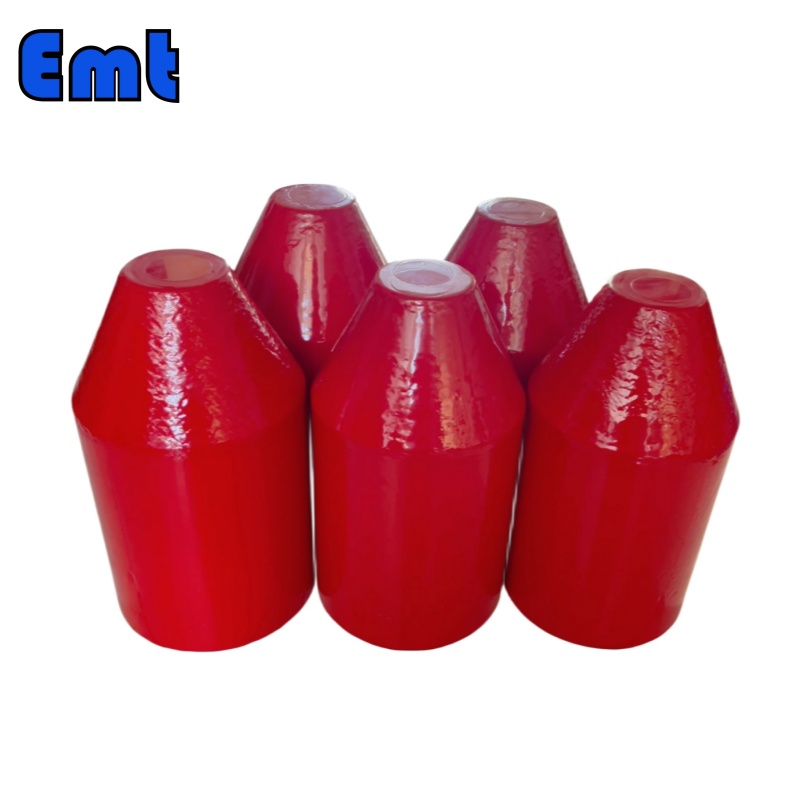
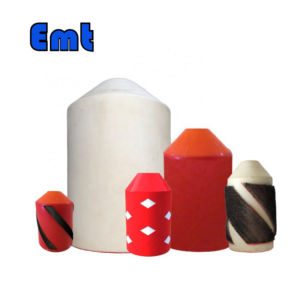
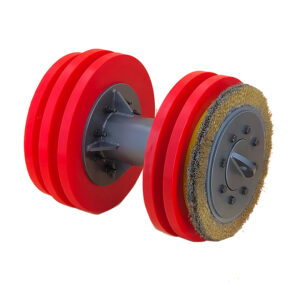

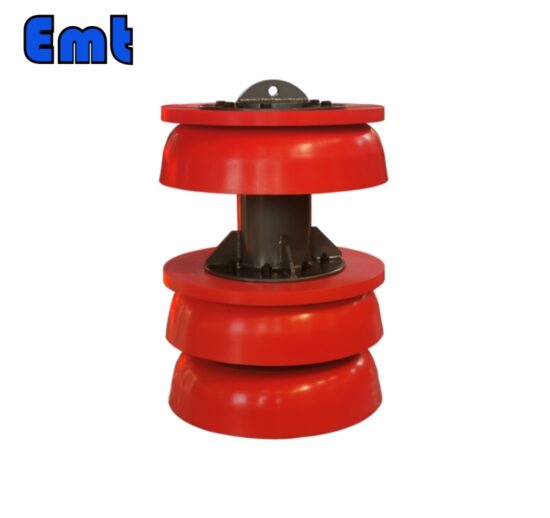

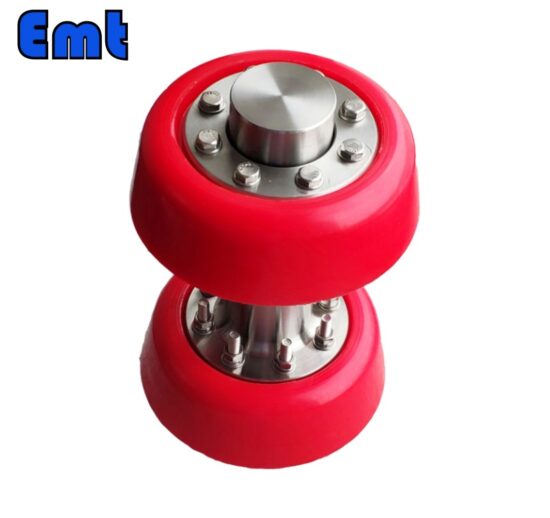
There are no reviews yet.